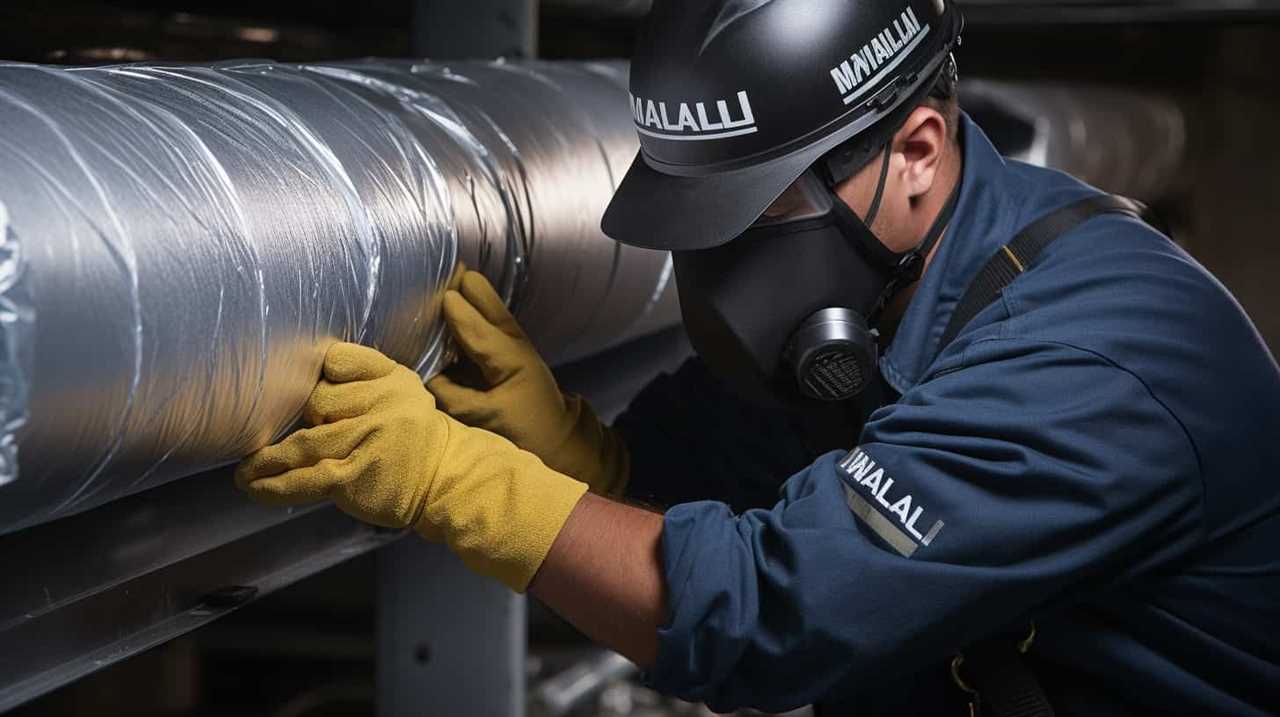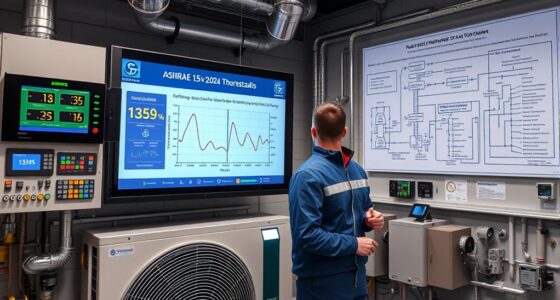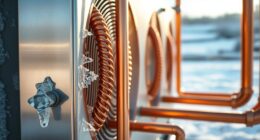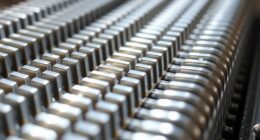Fed up with the frustrating problems of your heat pump? Worry no more, our complete guide has got your back.
We understand that troubleshooting and fixing heat pump problems can be a daunting task, but fear not! Our expert tips and DIY fixes will help you conquer any malfunction.
Worried about deciphering those confusing error codes? We’ve got that covered too.
Whether it’s preventive maintenance or knowing when to call in the professionals, our guide has everything you need to keep your heat pump running smoothly.
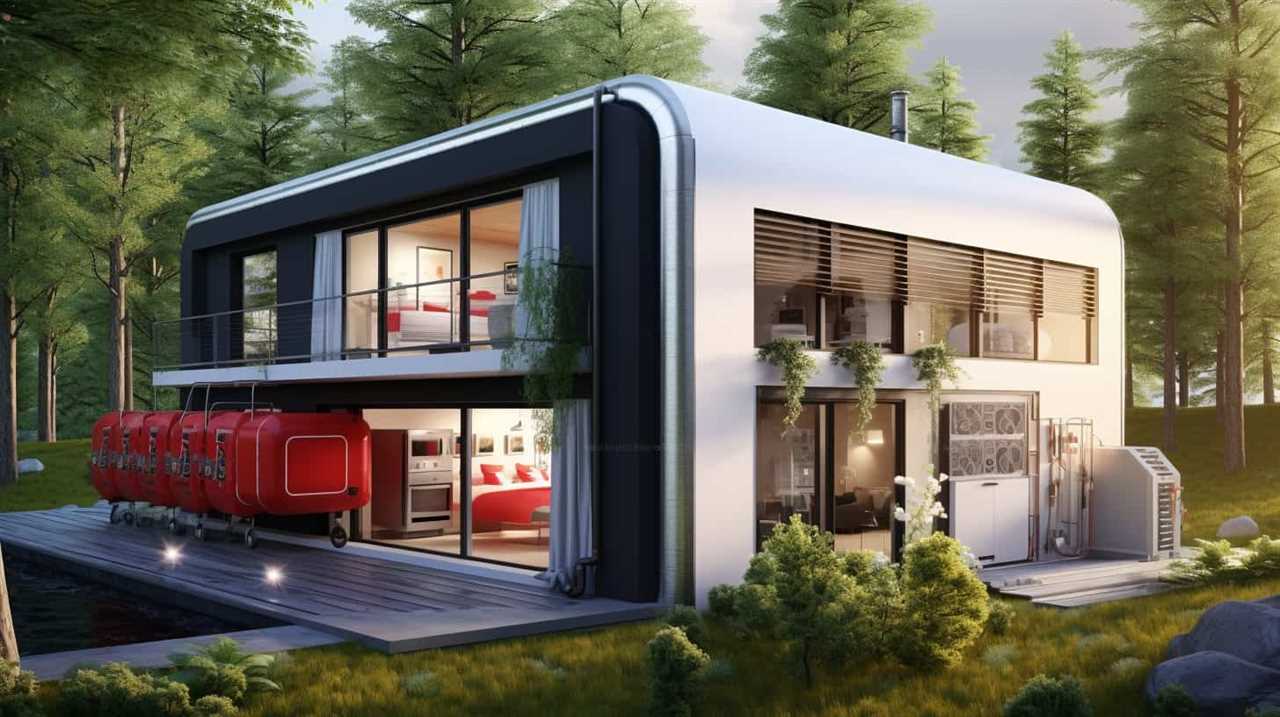
Key Takeaways
- Common heat pump problems include inadequate heating or cooling, poor airflow, refrigerant leaks, and faulty reversing valves.
- Troubleshooting tips for heat pump issues include checking and cleaning air filters, inspecting the outdoor unit for debris, verifying thermostat settings, looking for signs of refrigerant leaks, and contacting a professional for repairs if needed.
- Understanding heat pump error codes can help identify specific problems with the temperature sensor, outdoor fan motor, refrigerant pressure, or defrosting system.
- DIY fixes and regular maintenance, such as checking and cleaning air filters, clearing debris from the outdoor unit, and inspecting and cleaning evaporator and condenser coils, can help prevent costly repairs and maintain optimal heat pump performance.
Common Heat Pump Problems
We have encountered several common heat pump problems that homeowners should be aware of. When it comes to heat pump repairs, troubleshooting common issues is essential to keep your system running smoothly.
One common problem is inadequate heating or cooling. This could be due to a faulty thermostat, low refrigerant levels, or a malfunctioning compressor.
Another issue is poor airflow, which can be caused by clogged air filters or a damaged blower motor.
Additionally, heat pumps may experience refrigerant leaks, which can result in reduced efficiency and performance. Faulty reversing valves can also lead to problems with the heat pump’s ability to switch between heating and cooling modes.
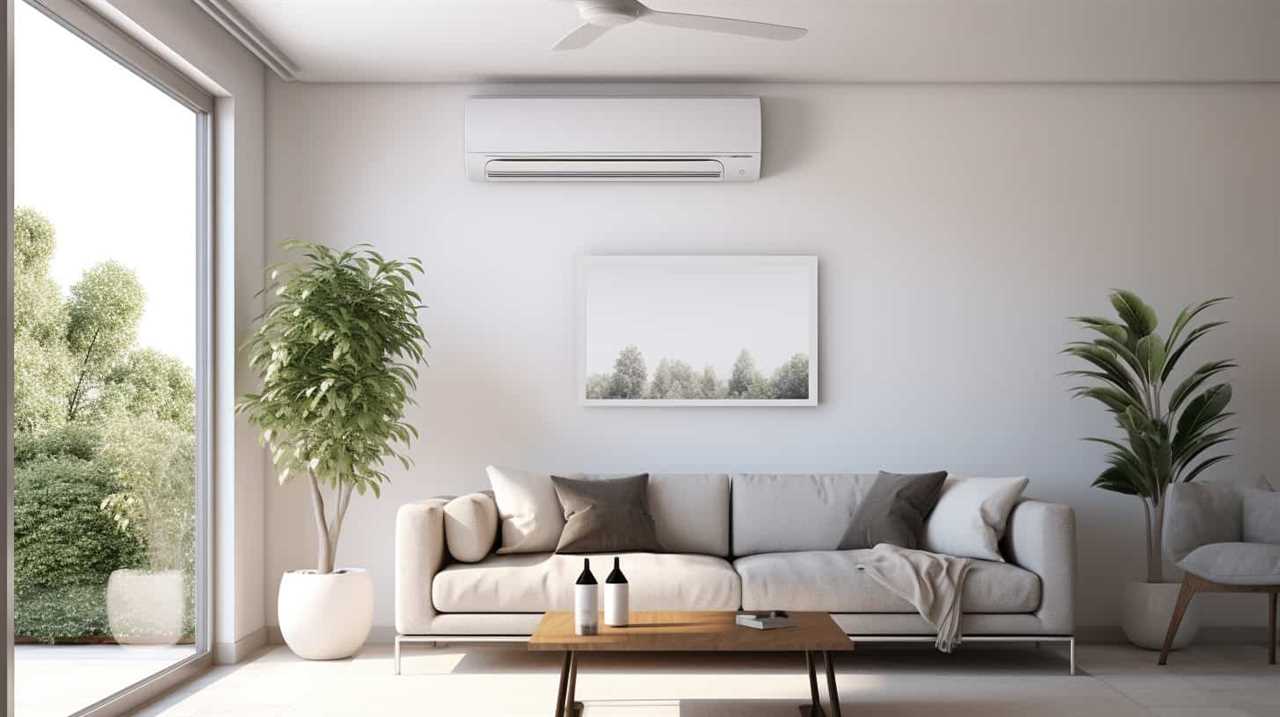
Troubleshooting Tips for Heat Pump Issues
When dealing with heat pump issues, it’s important to rely on troubleshooting tips to identify and resolve the problem. Here are some key steps to follow when troubleshooting heat pump noise issues or heat pump performance problems:
Check the air filters: Clogged or dirty air filters can restrict airflow and cause the heat pump to work harder, leading to performance issues. Clean or replace the filters regularly.
Inspect the outdoor unit: Ensure that the outdoor unit is free from debris, such as leaves or branches, which can obstruct airflow and affect the heat pump’s efficiency.
Verify thermostat settings: Make sure the thermostat is set to the correct temperature and mode. Incorrect settings can lead to inadequate heating or cooling.

Check for refrigerant leaks: Low refrigerant levels can result in poor heat pump performance. Look for any signs of refrigerant leaks, such as oil stains or hissing sounds, and contact a professional for repairs if needed.
Understanding Heat Pump Error Codes
When it comes to troubleshooting heat pump issues, understanding the common error codes is crucial. These error codes provide valuable information about the specific problem and help technicians diagnose and fix the issue quickly.
Common Error Codes
Are you curious about how to interpret common error codes on your heat pump? Understanding the meaning behind these error codes can help you troubleshoot and resolve issues with your heat pump more effectively. Here are four common error codes you may encounter and their possible meanings:
E1: This error code typically indicates a problem with the temperature sensor. It could be caused by a faulty sensor or a wiring issue. Check the sensor and wiring connections for any damage or loose connections.

E2: This error code usually points to an issue with the outdoor fan motor. It could be due to a malfunctioning motor or a problem with the motor control board. Inspect the fan motor for any signs of damage or obstruction and ensure that it’s receiving power.
E3: This error code commonly indicates a problem with the refrigerant pressure. It could be caused by low refrigerant levels or a refrigerant leak. Check the refrigerant levels and look for any visible signs of leaks.
E4: This error code typically indicates a problem with the defrosting system. It could be due to a faulty defrost control board or a malfunctioning defrost sensor. Inspect the defrosting components for any issues and ensure that they’re functioning properly.
Troubleshooting Heat Pump Issues
To effectively troubleshoot heat pump issues, we must understand the error codes that may appear and their corresponding meanings. Heat pump error codes are designed to pinpoint specific problems within the system, making it easier to identify and resolve issues. These codes provide valuable information to technicians during heat pump maintenance and repair.
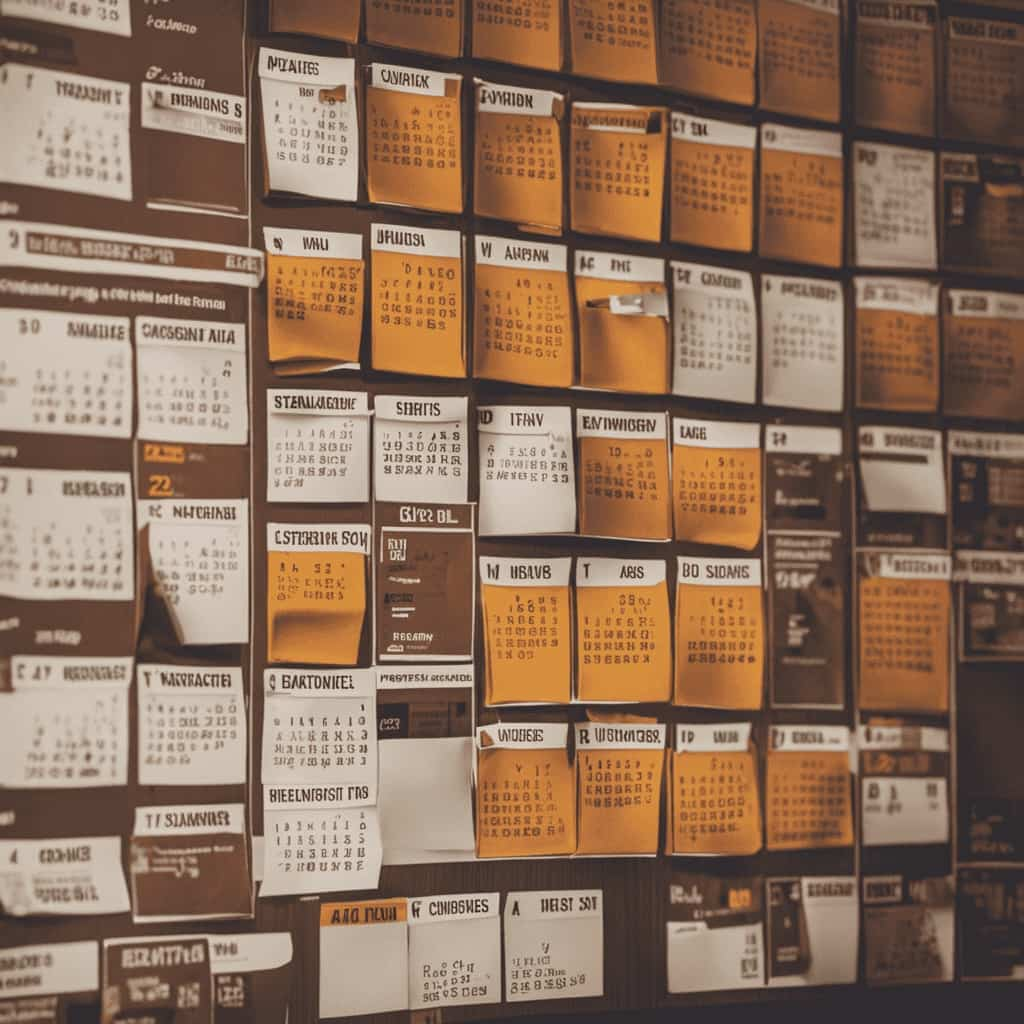
By decoding the error codes, we can determine whether the problem lies with the compressor, fan motor, refrigerant levels, or other components of the heat pump. This knowledge allows us to take appropriate actions, such as cleaning or replacing parts, adjusting settings, or calling for professional assistance.
Understanding these error codes is crucial for effective heat pump troubleshooting and ensures that any malfunctions are addressed promptly and accurately.
Now, let’s move on to discussing DIY fixes for heat pump malfunctions.
DIY Fixes for Heat Pump Malfunctions
We can tackle heat pump malfunctions with these simple DIY fixes. Here are four effective solutions to common heat pump issues:

Check and clean the air filters: Clogged or dirty filters can restrict airflow and reduce the efficiency of your heat pump. Regularly inspect and clean or replace the filters to ensure proper heat pump maintenance.
Clear debris from the outdoor unit: Leaves, dirt, and other debris can accumulate around the outdoor unit, obstructing airflow. Gently clean the area around the unit and remove any obstructions to improve performance.
Inspect and clean the evaporator and condenser coils: Over time, dust and dirt can accumulate on the coils, reducing heat transfer efficiency. Use a soft brush or vacuum to remove debris and keep the coils clean for optimal heat pump operation.
Check the thermostat settings: Incorrect thermostat settings can cause heating or cooling inconsistencies. Make sure the thermostat is set to the desired temperature and is working correctly to avoid unnecessary heat pump repairs.

Signs That Your Heat Pump Needs Professional Help
If you notice strange sounds, unusual odors, or inconsistent temperatures, it may be time to call a professional for help with your heat pump. These are common signs that your heat pump needs professional assistance.
Strange sounds such as banging, screeching, or grinding can indicate a mechanical issue that requires expert attention.
Unusual odors like burning or musty smells may suggest electrical problems or mold growth within the system.
Inconsistent temperatures, where some rooms are too hot while others are too cold, could be a sign of a malfunctioning thermostat or a problem with the heat pump’s refrigerant levels.
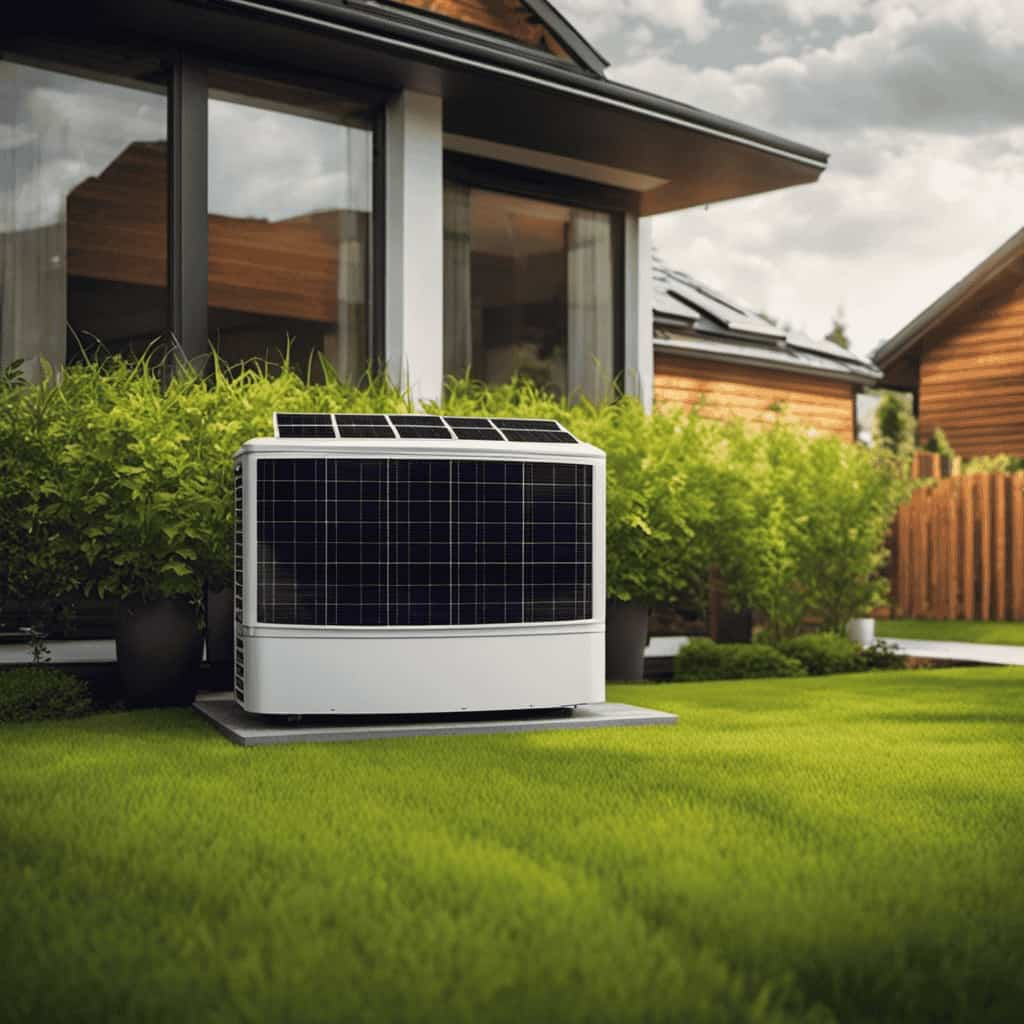
If you experience any of these signs, it’s important to know when to call a professional to diagnose and fix the issue, ensuring your heat pump operates efficiently and effectively.
Preventive Maintenance for Heat Pumps
Regular maintenance is crucial for ensuring the optimal performance of heat pumps. By performing common maintenance tasks such as cleaning or replacing air filters, checking refrigerant levels, and inspecting electrical connections, homeowners can prevent potential issues from arising.
Implementing cost-effective maintenance tips, such as keeping the outdoor unit clear of debris and scheduling professional tune-ups, can help extend the lifespan of the heat pump and maximize its energy efficiency.
Importance of Regular Maintenance
Taking care of our heat pumps through regular maintenance is crucial to prevent aggravating issues and ensure their optimal performance. Neglecting maintenance can lead to costly repairs and decreased efficiency, which can ultimately impact our comfort and energy bills.

Here are the benefits of regular maintenance:
Improved Efficiency: Regular maintenance, such as cleaning or replacing air filters and checking refrigerant levels, helps heat pumps operate at peak efficiency, saving energy and reducing utility costs.
Extended Lifespan: By addressing minor issues early on, regular maintenance can prevent major breakdowns and extend the lifespan of our heat pumps.
Enhanced Comfort: Well-maintained heat pumps provide consistent heating and cooling, ensuring our comfort all year round.
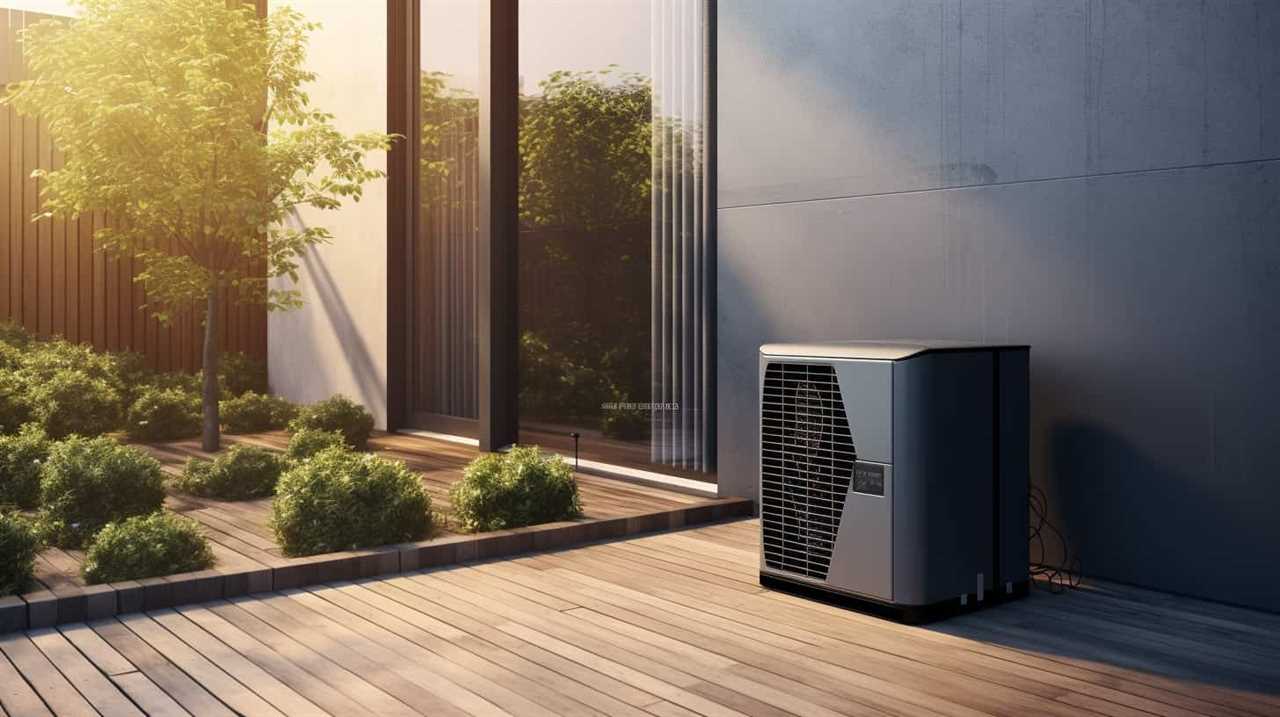
Warranty Protection: Regular maintenance is often a requirement to maintain the manufacturer’s warranty, providing added protection and potential cost savings.
Common Maintenance Tasks
Let’s start by discussing the essential common maintenance tasks for heat pumps to prevent issues and ensure their optimal performance. Two critical tasks that need to be regularly performed are heat pump cleaning and heat pump filter replacement. Cleaning the heat pump involves removing any debris, dirt, or leaves that may have accumulated on the unit. This can be done by gently spraying water on the coils and fins to remove any dirt or dust. Additionally, it is important to regularly replace the heat pump filter to ensure proper airflow and prevent the build-up of dirt and dust. A clogged or dirty filter can reduce the efficiency of the heat pump and lead to increased energy consumption. By regularly cleaning and replacing the filter, you can ensure that your heat pump operates efficiently and effectively.
| Maintenance Task | Frequency | Benefits |
|---|---|---|
| Heat Pump Cleaning | Every 3 months | Removes dirt and debris, improves efficiency |
| Filter Replacement | Every 6 months | Ensures proper airflow, prevents energy wastage |
| Check Refrigerant Levels | Annually | Prevents system failure, maintains optimal performance |
Cost-Effective Maintenance Tips
To ensure optimal performance and avoid costly repairs, we can save money by implementing cost-effective maintenance tips for our heat pumps. Follow this heat pump maintenance checklist to keep your system running smoothly and efficiently:
Clean or replace air filters regularly: Clogged filters restrict airflow, reducing the efficiency of your heat pump. Cleaning or replacing them every 1-3 months is essential.
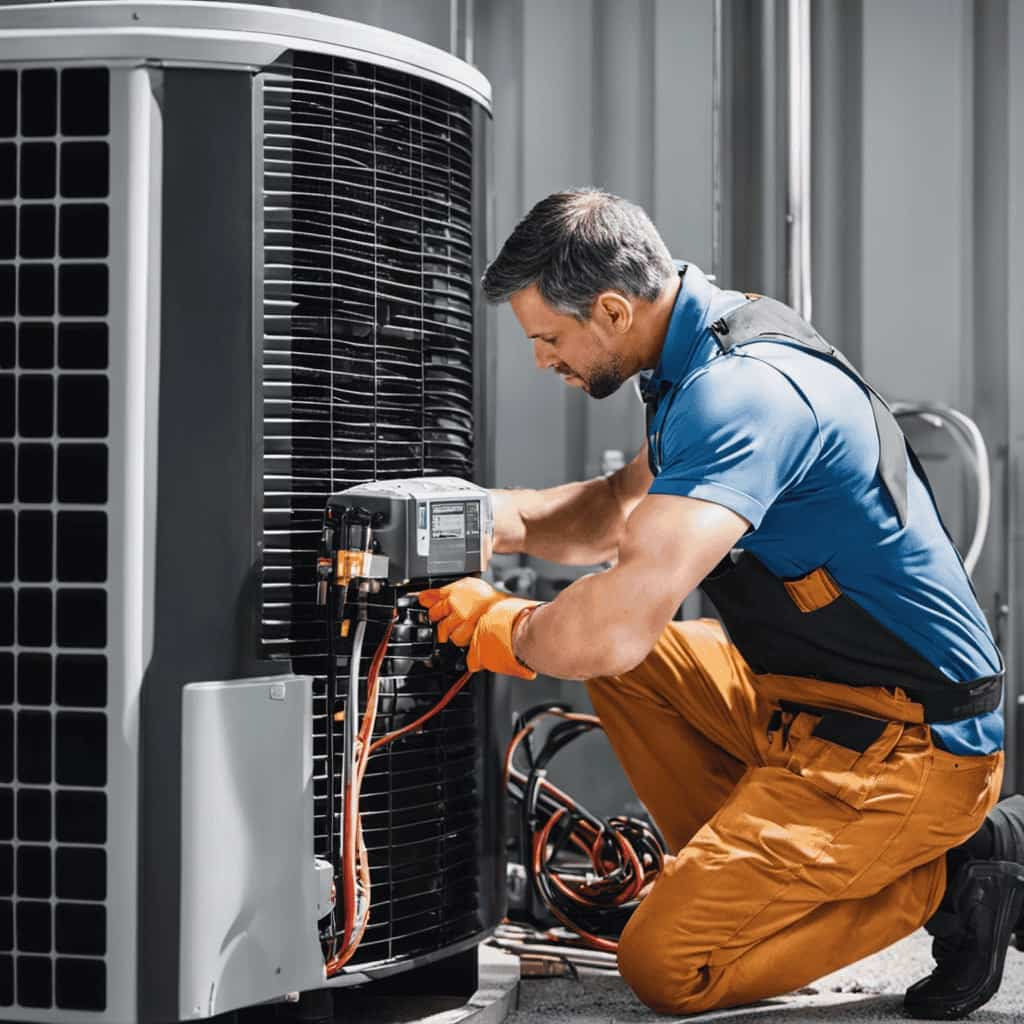
Keep outdoor unit clear: Remove any debris, leaves, or plants around the outdoor unit to maintain proper airflow and prevent damage.
Check and clean the coils: Dirty coils can hinder heat transfer. Periodically check and clean both the indoor and outdoor coils to ensure optimal performance.
Schedule professional maintenance: While DIY maintenance is important, it’s also crucial to have a professional inspect and service your heat pump annually. They can identify potential issues and ensure everything is functioning correctly.
Frequently Asked Questions
How Do I Choose the Right Size Heat Pump for My Home?
When choosing the right size heat pump for your home, factors to consider include square footage, insulation, and climate. The installation process is best handled by professionals. Regularly cleaning and replacing air filters is important for efficiency. Government incentives and the average lifespan of a heat pump should also be considered when making replacement decisions.
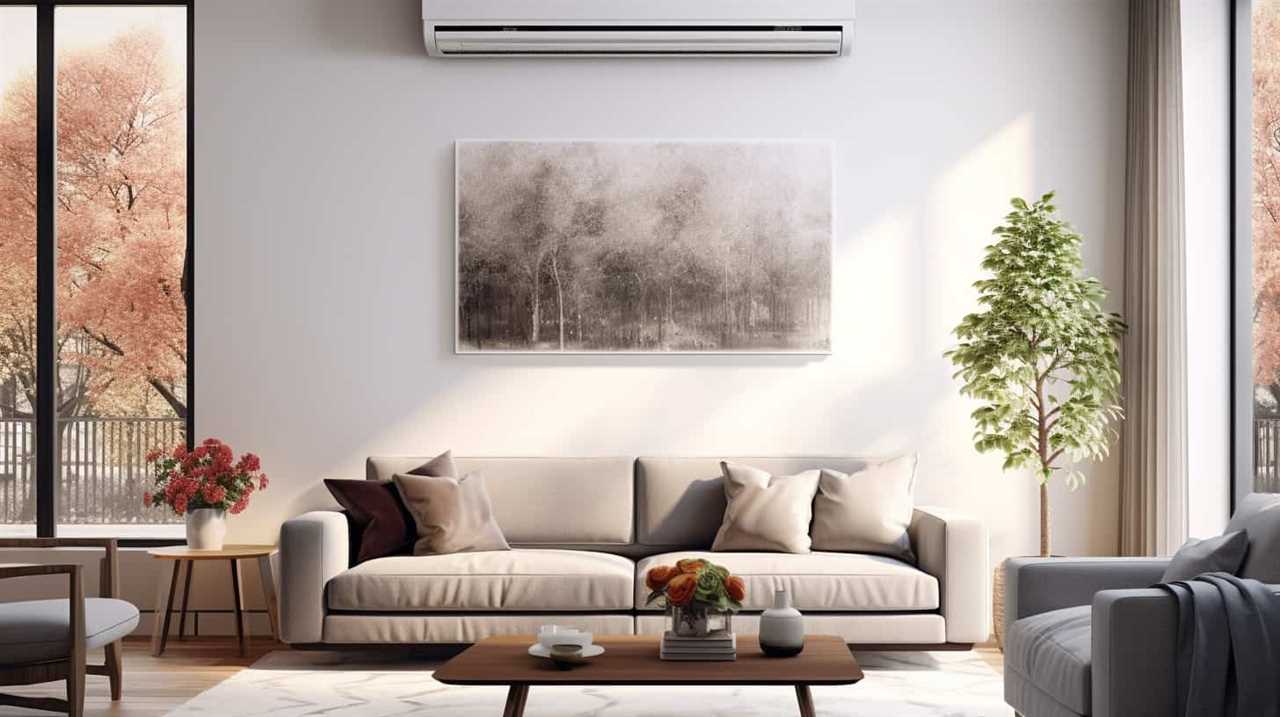
Can I Install a Heat Pump Myself, or Do I Need to Hire a Professional?
Installing a heat pump yourself can save money, but it comes with risks. The pros of DIY installation include cost savings and flexibility. However, cons include potential damage and voided warranties. Consider the cost comparison: DIY vs professional installation.
How Often Should I Clean or Replace the Air Filters in My Heat Pump?
We recommend cleaning or replacing air filters in your heat pump regularly to maintain optimal performance. Regular maintenance is essential for ensuring efficient airflow and preventing dust and debris buildup, which can aggravate heat pump issues.
Are There Any Government Incentives or Rebates Available for Installing a Heat Pump?
Government incentives and rebates can help offset the cost of installing a heat pump. With their focus on energy efficiency, these incentives promote cost savings and a greener future. Professional help is recommended for installation, while maintenance tips include regular air filter cleaning and considering the heat pump’s lifespan for replacement.
What Is the Average Lifespan of a Heat Pump, and When Should I Start Considering a Replacement?
The average lifespan of a heat pump is typically around 15 years. Signs of heat pump failure include reduced heating or cooling performance, strange noises, and increased energy bills. Consider replacement if these issues persist.
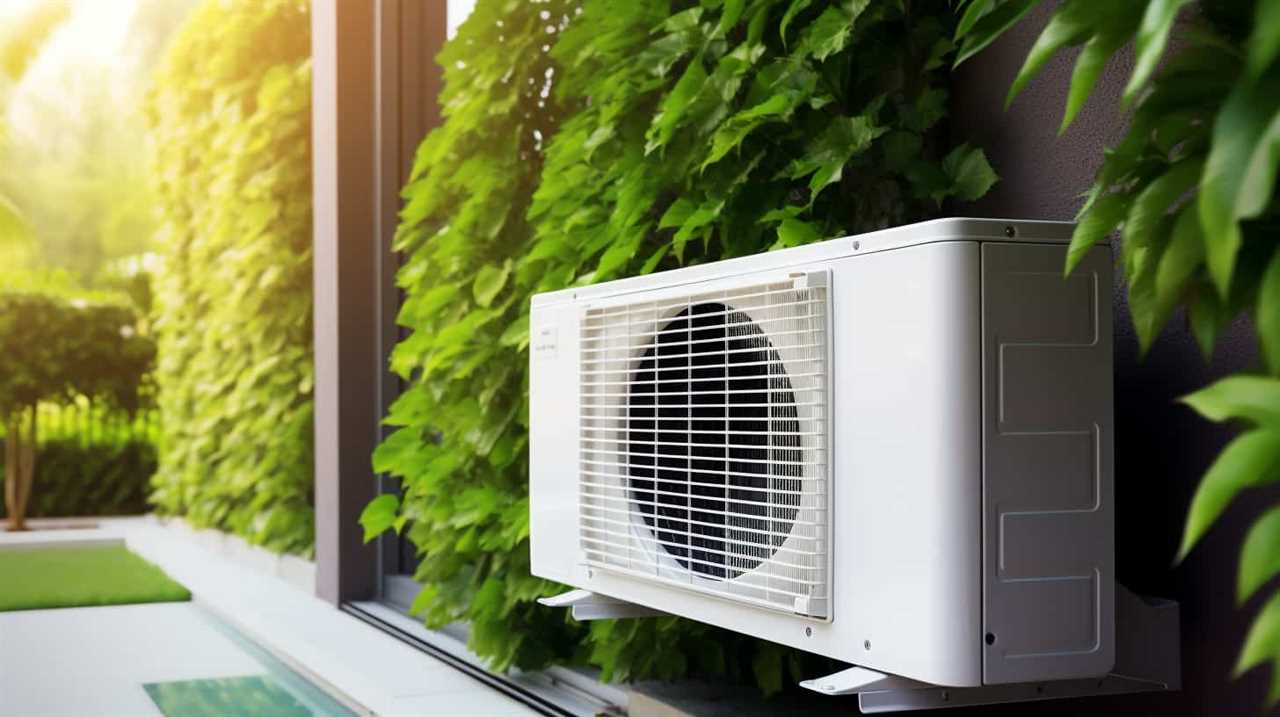
How Can I Troubleshoot Heat Pump Issues in My HVAC System?
Having trouble with your HVAC system? Troubleshooting heat pumps in hvac units can be a daunting task. However, a few simple steps can help. First, check the thermostat settings and ensure they are correct. Then, inspect the air filters for any buildup or debris. Next, examine the outdoor unit for any obstructions or damage. If the issue persists, it may be best to consult a professional technician for a thorough inspection.
Conclusion
In conclusion, understanding common heat pump problems and troubleshooting tips can help you conquer aggravating issues. By familiarizing yourself with heat pump error codes and DIY fixes, you can address malfunctions effectively.
However, it’s important to recognize when professional help is needed. Regular preventive maintenance is also crucial in ensuring the optimal performance of your heat pump.
Did you know that proper maintenance can increase the lifespan of a heat pump by up to 50%?

